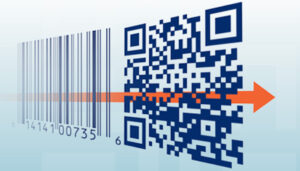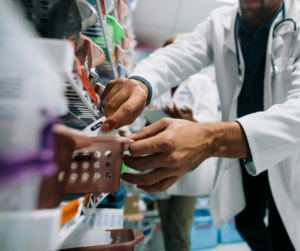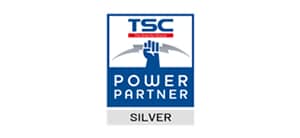The integration of barcode technology and GS1 standards into the healthcare sector has become a vital component for enhanced patient safety and operational efficiency. While barcode technology is primarily used in the retail and industrial sectors, its function has greatly evolved over time. In the healthcare sector, the simple scan of a barcode can potentially save lives and can arguably be considered one of GS1’s biggest achievements throughout its 50-year history.
The organisation first established a presence in healthcare in 1995 with the introduction of standards that improved supply chain efficiency and the traceability of medical supplies. However, these standards began to evolve over time and prioritised patient safety above all else. This was recognised by the Department of Health and Social Care which mandated the use of GS1 standards in the healthcare sector through the NHS eProcurement Strategy in 2014.
154 acute trusts across the NHS are now registered GS1 UK members following the implementation of the strategy and are compliant with the associated standards. As the sector continues to recover from the impact of Covid-19, GS1 standards are more important than ever in ensuring that every patient receives the maximum level of safety and care.
The Benefits of GS1 Standards
The healthcare sector primarily makes use of the GS1 Data Matrix which was introduced in 2018. The two-dimensional barcode can hold substantial amounts of data in a small symbol which usually takes the form of a square or rectangle. The symbol can be found on patient wristbands, medical devices, and pharmaceuticals and can be used for tracking across multiple locations. The Data Matrix has become a vital component in following GS1 Standards.
Reduction in Medical Errors
All in-patients receive a GS1 barcoded identity band on admission. Prior to any procedure, the barcode is scanned at a point of care to ensure that a patient is receiving the correct medication or treatment. Point-of-care scanning can provide essential information such as any known allergies or the exact medication and dosage of medicine the patient requires which ensures patient safety.
Accurate Data Capture
GS1 barcodes can be used to capture data in clinical systems. This is an essential component of patient safety especially in environments like operating theatres, each of which has its own Global Location Number. Every patient and member of staff has a unique Global Service Relation Number that records the usage of medication, procedures to be carried out, and implantable medical equipment.
Targeted Product Recall
GS1 standards allow staff to efficiently identify products to their corresponding batch or serial number. If an issue with a product is discovered, staff can identify the manufacturer with a scan of the GS1 barcode and contact them directly. The manufacturer can contact the health authority with their findings, using the barcode to identify the item, and notify all relevant stakeholders of action required.
Improved Traceability
Each Data Matrix barcode contains a product identifier number, expiry date, batch number, and serial numbers which are recorded before products are sent out for delivery. Prior to products reaching pharmacies, a wholesaler will scan the barcode to confirm that the correct items have been received and that there are no gaps in the product life cycle. The process is repeated at the point of delivery to validate the correct items and confirm product history.
Accurate Data Exchange
Healthcare professionals rely on accurate product data from procurement to point of care to enhance patient safety. GS1 standards require manufacturer staff to internally validate product data which should be communicated with distributors who import it into their own systems. This data can be used to verify that shipment has been received and to optimise distribution. Pharmacies and hospitals can use the data for orders, confirm dispensing at the point of sale or adjust inventory.
Efficient Inventory Management
GS1 standards can enhance product visibility, manage inventory levels, and minimise waste. Barcodes are used to encourage correct stock rotation and that the items with the shortest expiry dates are selected for shipment. Products are packaged in logistic units which each contain their own barcode that can be scanned before shipment and at the point of delivery. Products are scanned as they are put into storage to capture data and manage inventory levels.
With our StockAssist solutions, you can enjoy full control over stock with a real-time view of your inventory at your fingertips.
Find out more about our solutions here, or get in touch to book a demo.










